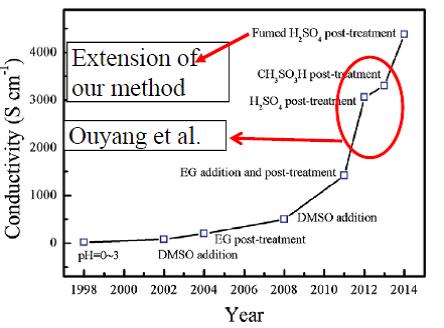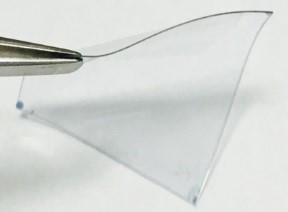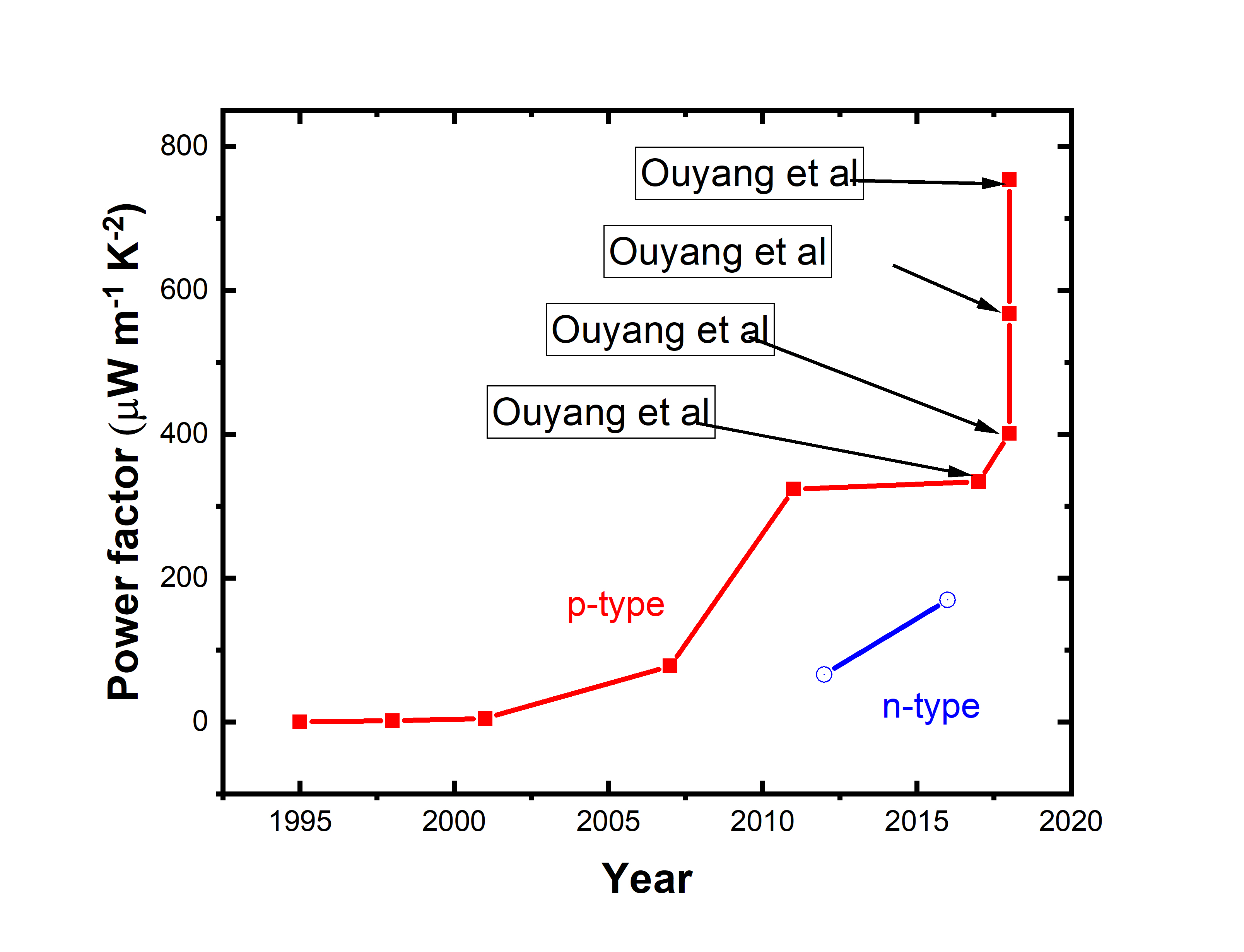Research Interests
This is a world-class lab on flexible electronic materials and devices. We continuously demonstrate world records in materials and devices performances.
Flexible/Wearable Electronics
We are interested in studying flexible electronic materials,
including polymers, organic molecules and nanomater materials and
develop flexible/wearable devices using these materials. The flexible/wearable
electronic devices can be used for communications, healthcare and sporting monitoring.
Our interests cover the organic electronic materials and devices.
The organic electronic materials including intrinsically conductive polymers, semiconductive
polymers, conjugated organic compounds. The conducting polymers can be used for transparent
electrode of optoelectronic devices, electromagnetic shielding, compliant electrodes and
thermoelectric conversion. The electronic devices include polymer solar cells, thermoelectric
generators, and polymer/nanoparticle resistive memories.
Energy Materials and Devices
We are interested to materials and devices for energy conversion.
The energy materials include flexible thermoelectric polymers and composites and ionic thermoelectric
materials.
Selected Research Breakthroughs
Discovered the ductilization of polymers for the first time in the world (2022).
[Link]
Demonstrated the first hybrid ionic/electronic thermoelectric convert (HTEC) with inorganic
thermoelectric materials (2022).
[Link]
Demonstrated a world-record ZTi of 6.1 for ionic thermoelectric materials (2022).
[Link]
Demonstrated a world-record ZTi of 1.8 for ionic thermoelectric materials (2021).
[Link]
Discovery of photo-enhanced Seebeck effect (2021).
[Link]
Demonstrated the application of strain sensors on food processing for the first time in the world (2021).
[Link]
Invented mixed ion-electron thermoelectric converters (2021).
[Link]
Demonstrated wearable, stretchable, dry and self-adhesive strain sensors for high-quality motion
monitoring on regular and irregular skin surfaces (2020).
[Link]
Demonstrated a world-record ZTi of 1.3 for stretchable ionic thermoelectric materials and a world-record
ionic Seebeck coefficient of 34.5 mV/K for ionic thermoelectric materials (2020).
[Link]
Demonstrated the first stretchable and adhesive intrinsically conductive polymer blend (SAICP) and their application as electrodes for
high-quality biopotential detection for long-term healthcare monitoring (2020).
[Link]
Invented the first hybrid ionic/electronic thermoelectric convert (HTEC) (2020).
[Link]
Demonstrated a world-record ZTi of 1.47 for ionic thermoelectric materials (2020)
[Link]
Proposed “surface energy filtering” for thermoelectric materials (2020).
[Link]
Demonstrated world-record Seebeck coefficient of 26 mV/K on ionogels (2019).
[Link]
Demonstrated transparent soft robots (2019).
[Link]
Demonstrated a world-record power factor of 754 uW/(m K2) by coating an ionic liquid on PEDOT:PSS (2018).
[Link]
Highly washable strain sensors that can be tested in water (2018).
[Link]
Demonstrated a world-record power factor of 334 uW/(m K2) for PEDOT:PSS (2017).
[Link]
Reported the first organic-inorgnaic perovskite solar cells with the perovskite layer doped with alkali metal ions (2016).
[Link]
Demonstrated power conversion efficiency of > 9% for solution-processed organic solar cells (2015).
[Link]
Demonstrated the application of graphene oxide as auxiliary binder of TiO2. This can significantly improve the efficiency to process oxide paste (2014).
[Link]
Demonstrated that graphene/carbon nanotube can outperform Pt as the counter electrode of dye-sensitized solar cells. The devices can have high Voc
of 0.94 V, the highest Voc observed for iodide/triiodide dye-sensitized solar cells (2013).
[Link]
Demonstrated world-record photovoltaic efficiency for iodide/triiodide dye-sensitized solar cells with graphene as the counter electrode (2012).
[Link]
Demonstrated world-record conductivity of >3000 S/cm for PEDOT:PSS through a treatment with H2SO4, the highest conductivity in the world (2012).
[Link]
Demonstrated world-record photovoltaic efficiency for dye-sensitized solar cells with single-walled carbon nanotubes as the counter electrode (2010).
[Link]
Contact
Block E3A
Faculty of Engineering
National University of Singapore
Email: mseoj@nus.edu.sg
Phone: +65-65161472



